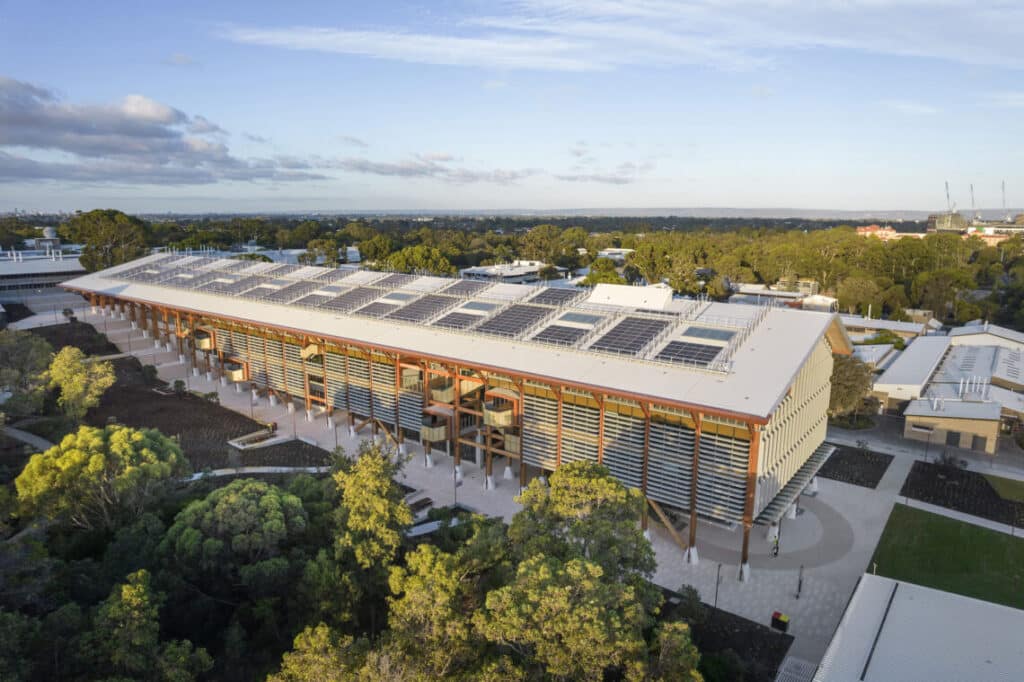Applications are now open for the 2024 Australian Timber Design Awards. Established in 2000, this national design competition promotes and encourages outstanding timber design in the built environment.
The Awards aim to enhance the Australian timber design ethos by encouraging and showcasing outstanding timber design solutions in various applications. A broad choice of categories demonstrates timber’s flexibility and allows projects to be judged against similar entries.
The competition is open to builders, designers, architects, engineers, landscape designers and anyone else involved in designing or building structures that feature timber. To recognise the younger people in our industry, a separate section of the residential category is available to students and entrants aged 30 or under.
A successful entry offers many benefits, including free publicity for your project. All category winners can proudly display their exclusive award trophies and design excellence, and all award-winning designs are featured in the e-magazine to showcase them to a wider audience.
During my time at Planet Ark, where I managed the Make It Wood campaign, which aims to increase the use of responsibly sourced wood as a building material, I was privileged to be a judge on the Awards three times. A key focus for me was the sustainability category, which was sponsored by Make It Wood.

These days, most professionals in the building sector are fully aware that wood is naturally renewable, stores biogenic carbon for the life of the installation, and has very low embodied carbon, so it can be used as a low-emission substitute for more carbon-intensive materials such as concrete and steel. So, just restating any or all of those isn’t going to win you an award.
It’s much more important to talk about the additional ways the use of timber contributes to the sustainability of the project, for example, as a key element in Passivhaus design, the way in which timber provides increased thermal resistance and hence reduces heating and cooling load, or the fact that timber reduces the mass of the building and hence the size of the substructure required.
Or perhaps the way that the use of mass timber helps with dematerialisation say for an open plan office with exposed timber soffits, columns and beams with no finishes required, or the way that the use of Design for Manufacture and Assembly (DfMA) can also help the building to be disassembled at the end of its life, hence providing a focus for circular design thinking. There are many more that could be included, so to stand out from the crowd, it’s important to focus on these additional advantages that the use of timber provides.

From a broader architectural perspective, it’s also important to highlight how the exemplary use of timber has contributed to the building’s essential essence.
Perhaps it’s been used as an element in biophilic design to aid the health and well-being of the occupants, or maybe it’s the way that the timber contributes to the acoustics of the space – as was the case with the Sydney Opera House Concert Hall renewal last year – or how timber can breathe new life and warmth into the refurbishment of a staid, lacklustre environment.
This is the 25th year of the Australian Timber Design Awards, so the winners of this year’s event will have the added benefit that goes with the celebration of a quarter of a century of magnificent timber design.
Best of luck with your submission!






